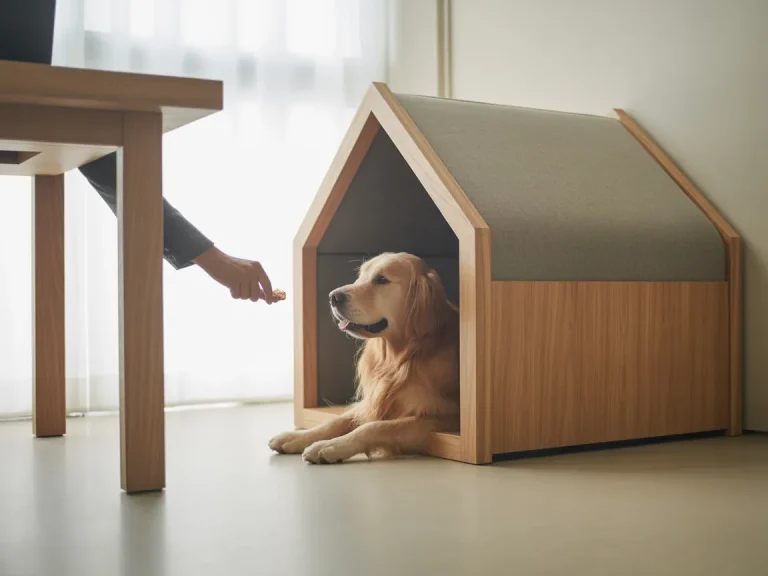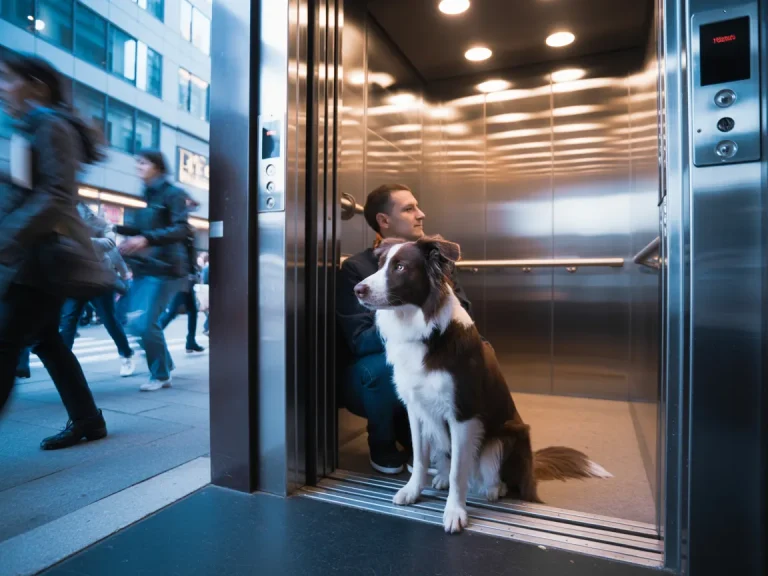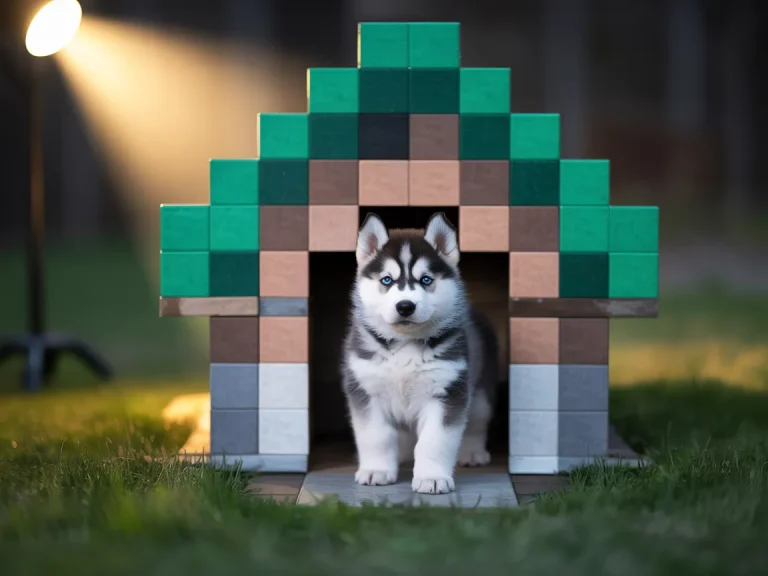Shedding is natural, but when fur accumulates on furniture, floors, and clothes, it becomes a chore. With a few practical habits and small adjustments, you can cut indoor shedding and keep your home cleaner while supporting your dog’s coat health. This article lays out simple, expert-backed techniques—from grooming and diet to environment and accessories—that fit into daily life. Adding these practices doesn’t require overhauling your life—small adjustments compound quickly.
Understanding Shedding: Why It Happens
Dogs shed to swap out old fur for new and to stay comfy through changing temps—think of it as trading a winter parka for a summer tee. How much hair you see depends on breed, season, diet, health, and even stress. Double-coated pups tend to “blow” their coats during seasonal shifts, while others may drop extra hair because of allergies, skin irritation, or not-quite-right nutrition. As the AKC explains, shedding is normal—but smart grooming and setup make it manageable.
Know your dog’s baseline. If you suddenly notice bald patches, nonstop itching, or red, flaky skin—not just extra tumbleweeds—check in with your vet. Otherwise, the everyday strategies below will help you get ahead of normal shedding.
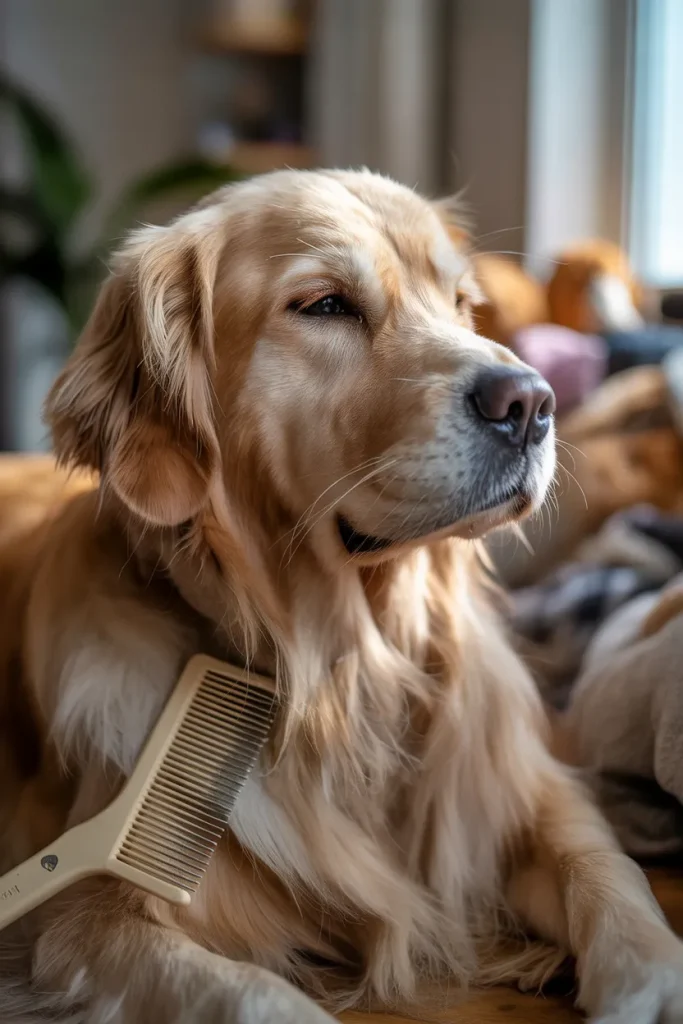
Regular Grooming: Your First Line of Defense
The right tool makes all the difference. Slicker brushes glide through long or curly coats like a fine-tooth comb through party confetti. Deshedding tools reach the undercoat where most loose fluff hides. Rubber curry combs work wonders on short coats, massaging the skin and spreading natural oils so the coat lies smooth—like a well-tailored suit.
How often? Short-haired dogs usually do well with a good brush twice a week. Long-haired or double-coated dogs benefit from quick, every-other-day sessions during heavy shed seasons. Ten to fifteen minutes is plenty to pull out dead hair and keep oils moving. Set up a small “grooming corner” near your dog’s favorite spot and keep treats within reach so the routine feels like a spa visit, not a chore.
Bathing Smartly: Clean Coat, Less Loose Hair
Baths help loosen dead hair and rinse away dander, but it’s easy to overdo it. Use a gentle, dog-specific shampoo and add conditioner if your dog has longer fur or dry skin—you’re going for clean and comfy, not squeaky and stripped. If you’re wondering how often to suds up, veterinary guidance varies by coat and lifestyle, and over-bathing can dry the skin—so aim for “clean enough,” not “squeaky.”
Brush before the bath to remove the big clumps. Rinse thoroughly so no residue lingers to irritate the skin. Pat dry with a microfiber towel and use a low-heat blow dryer if your dog’s cool with it; that airflow pushes out the last bits of loose undercoat. During heavy seasonal shed, a bath every three to four weeks helps you stay in front of the fluff without drying the skin.l sheds, a bath every 3–4 weeks helps manage excess fur without stripping necessary oils.
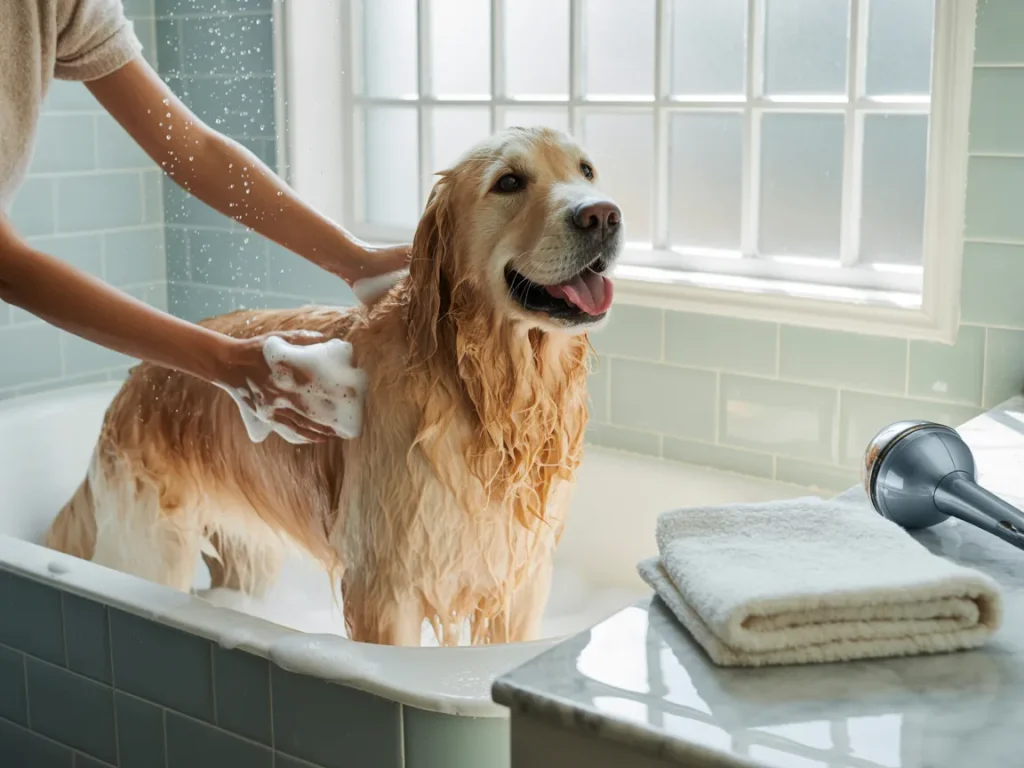
Nutrition’s Role in a Healthy Coat
Great coats start in the bowl. When nutrients are off, you’ll often see it in extra shedding, dry skin, or brittle fur. Look for quality protein to feed hair follicles and a balance of omega-3 and omega-6 fatty acids to calm inflammation and keep the skin barrier happy. Omega-3s like fish oil are commonly used to support skin, coat, and overall inflammation control—ask your vet about dosage for your dog.
If you do homemade meals, make sure they’re balanced: think lean meats like chicken, turkey, or fish; a source of essential fats such as fish oil or ground flaxseed; and dog-safe veggies like sweet potato or pumpkin for vitamins and fiber. Transition any diet change gradually over a week to keep tummies settled. Not sure if the recipe hits the mark? A quick chat with a veterinary nutritionist can save a lot of guesswork. you’re unsure whether meals meet requirements, consult a veterinary nutritionist or trusted guide.

Environmental Control: Trap, Contain, and Clean
You can’t stop shedding, but you can decide where the hair lands. Use washable covers on beds and favorite couches so you’re tossing one layer into the wash instead of cleaning the universe. A cozy “dog nook” or defined rest area encourages your pup to park the fluff where it’s easy to manage.
Air purifiers with HEPA filters catch the tiny stuff that floats and settles on everything. For the rest, a vacuum designed for pet hair (plus upholstery and crevice tools) is your best friend. Between big cleans, a quick pass with a rubber broom on hard floors or a lint roller on fabrics keeps you sane. Think of it as daily dish duty—small, regular sweeps beat marathon cleanups every time.

Supplements and Skin Support
Some dogs really do better with a little help from the pantry—omega-rich fish oil, biotin, or a solid skin-and-coat blend can turn a dull jacket into something closer to a glossy show coat. Just run dosage past your vet first; too much oil can upset tummies and the couch.
Water matters more than we think. Hydration keeps the skin springy so it doesn’t flake like dry paint. Keep a fresh bowl down (and refill often); it’s the simplest anti-shedding “product” you’ll ever buy.
Seasonal Shedding Strategies
Most dogs follow the calendar like clockwork. Double-coated breeds “blow” their coats in big, dramatic waves, usually twice a year. Planning for those bursts saves your sanity—and your vacuum.
Before peak
Brush more frequently and schedule a light bath to loosen the undercoat. Think of it as pre-raking the leaves before the storm.
During the blow
Stay consistent. Short daily passes with a grooming glove pull out what’s ready without turning grooming into a wrestling match. Keep the vacuum parked nearby and do quick spot cleans.
After the storm
Taper back to a maintenance rhythm, but don’t stop completely—consistency prevents the next fluff avalanche. Jot a quick calendar note about timing so you’re one step ahead next season.
Reducing Static and Cling
Dry indoor air can turn fur into confetti that sticks to everything. A humidifier adds just enough moisture to calm the zaps. Lightly mist your brush before you start so loose hair doesn’t take flight, and lean toward low-static fabrics (cotton blends beat slick synthetics) for throws and dog blankets. Your future laundry self will thank you.
Smart Accessory Choices
Choose gear that works as hard as you do. Washable beds with zip-off covers make cleanup a zip-and-toss job. An elevated cot keeps your dog comfy and hair off rugs. Park a textured mat near doors or food bowls—it catches the “after-play” fluff before it tours the house. Setups like these quietly trap hair where it’s easiest to deal with.
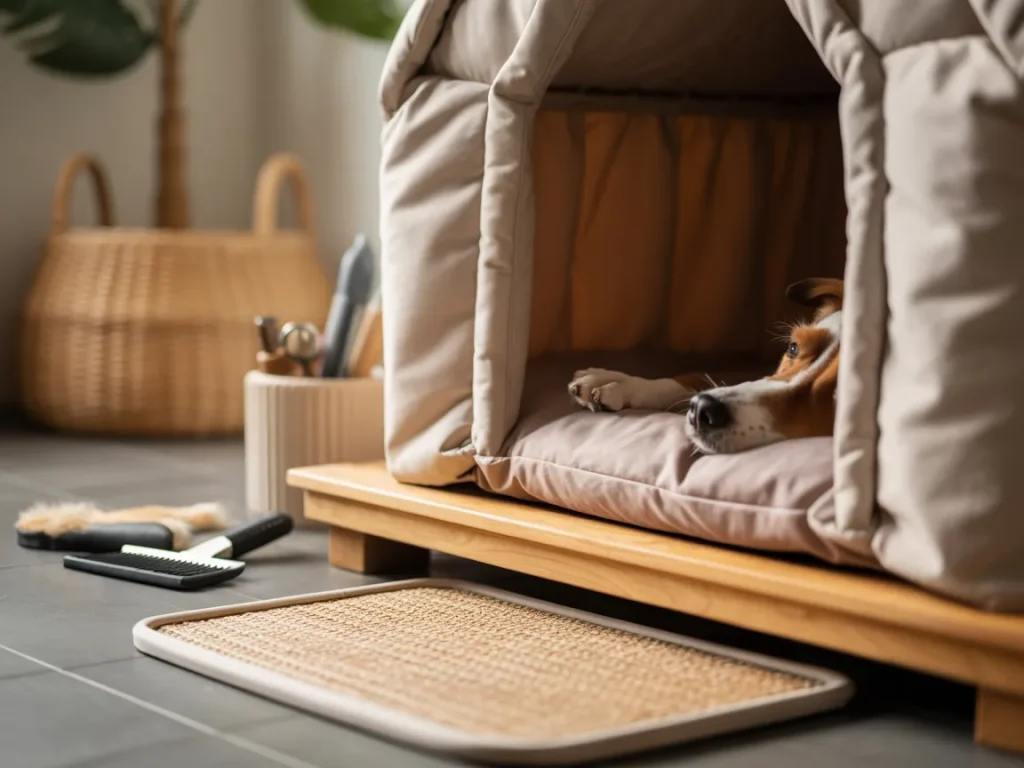
Behavioral and Stress Factors
Stress can turn normal shedding into a ticker-tape parade. Big changes, loud noises, too little exercise, or plain old boredom can ramp things up. Build a predictable routine, sprinkle in mental work (sniff walks, puzzle feeders), and pair grooming with treats so it feels like a spa day, not a chore. If shedding stays heavy and stressy, loop in a certified trainer or a veterinary behaviorist for a plan that fits your dog.efit from a consultation with a certified trainer or veterinary behaviorist.
Consistency Wins Over Perfection
No single trick flips the “no shed” switch—and that’s okay. What works is a simple rhythm: brush a little, bathe smartly, feed well, and keep the home set up to catch hair before it tours the house. Five minutes with a brush while your coffee brews? That’s a win. Do it again tomorrow, and the next day, and the fluff piles get a lot smaller.
Give the fur a landing zone. A tidy “dog corner” with a washable bed, a mat, and a small basket for brushes turns chaos into a routine. It’s like parking your keys in the same bowl—you spend less time searching (or sweeping) and more time actually enjoying your dog.
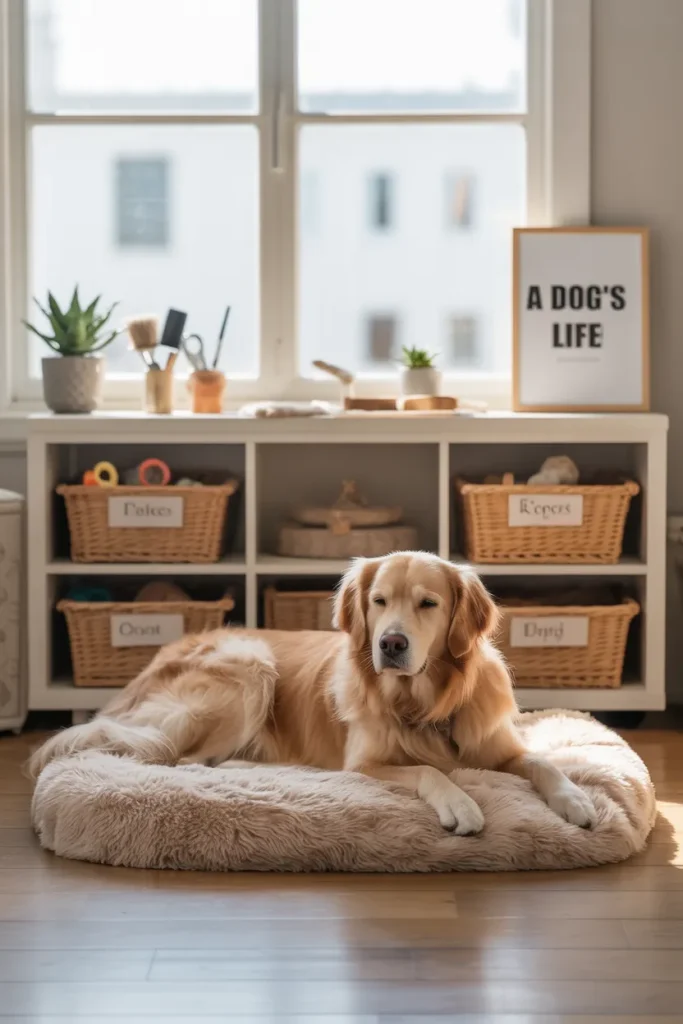
Final Tips Recap (Quick Checklist)
- Brush based on coat type and season—little and often beats marathon sessions.
- Bathe thoughtfully; clean skin, not stripped skin.
- Serve balanced meals (or well-formulated homemade) to feed the coat from the inside.
- Use washable covers on favorite lounging spots to make cleanup a toss-and-wash job.
- Vacuum regularly and run a good air filter to catch what floats.
- Add supplements only with your vet’s guidance.
- Keep routines steady and lower stress—it shows in the coat.
Conclusion
Shedding doesn’t have to run the household. A few steady habits—grooming, smarter cleaning, better feeding, and a “hair lands here” setup—cut the fluff without turning your life upside down. Start small, stack wins, and watch the difference show up in cleaner floors and a shinier, happier dog.ion. Start with two or three changes, build them into your weekly rhythm, and observe the cumulative benefit in cleaner spaces and a content companion. You’ll notice the difference.
Disclaimer: This article is for informational purposes only and does not constitute professional veterinary advice. Always consult a licensed veterinarian or certified dog trainer regarding the specific needs and health of your dog.


